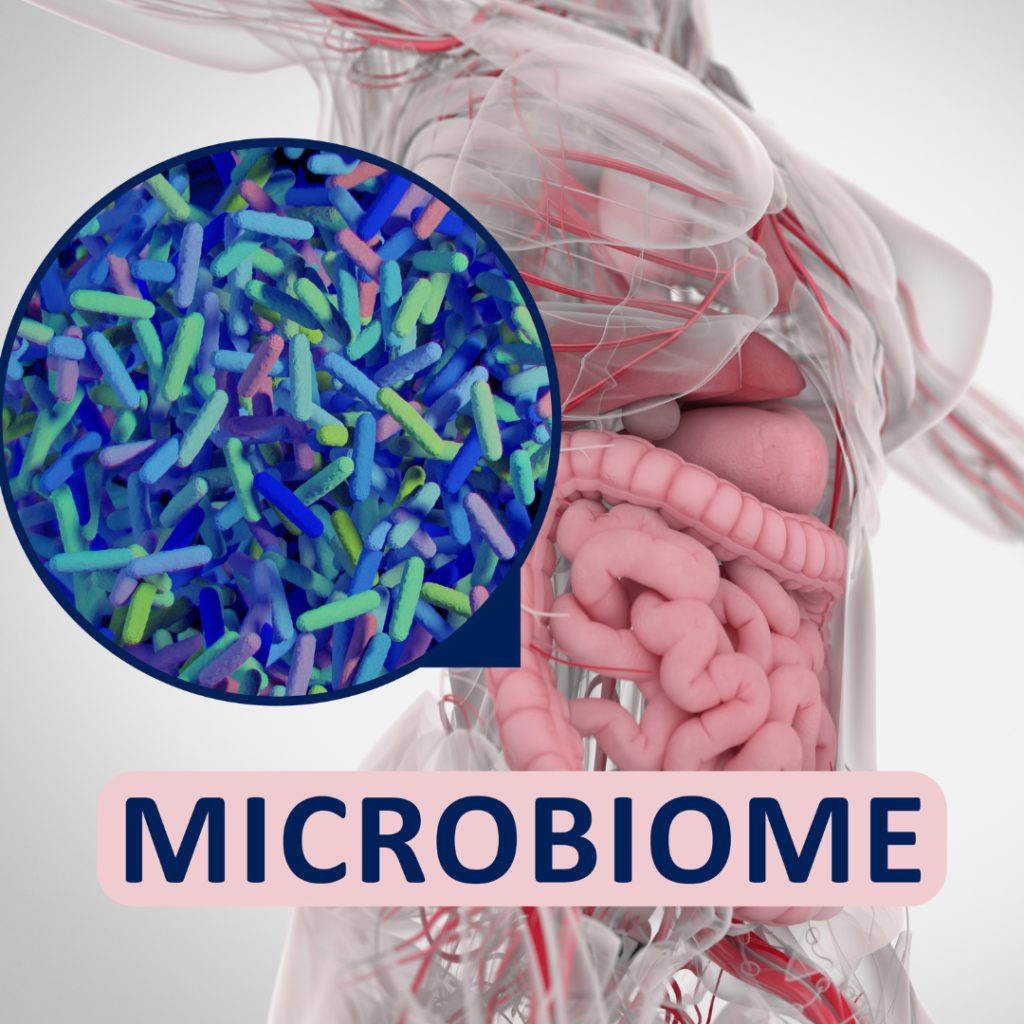The Thyroid’s Role in Recovery and Wellness
There are many misconceptions and misunderstandings as to what the thyroid gland does and how and when it may be improperly functioning. Just as prevalent among traditional health care practitioners is an incomplete manner of testing and determining if the thyroid is functioning properly.
It, therefore, would seem helpful to review what the thyroid gland is and what it does. Thyroid has long been thought to be the gland for weight regulation and there is some truth to that. There are many other roles that it plays and the importance of keeping the gland healthy cannot be overstated.
The thyroid is located in the lower section of the front of the neck. It has three lobes and is spongy in texture.
The role of the thyroid is to produce the hormone, thyroxine (T4) which is then converted within the cells of the gland to the active form of thyroid, Triiodothyronine (T3). This conversion is dependent on the addition of iodine, zinc, selenium, the amino acid tyrosine, and other factors. It is the circulation of T3 through the body that actually expresses the activity of the thyroid. The traditional way of testing to see if the thyroid is within the normal range is to look at a hormone called TSH, thyroid stimulating hormone. This is produced by the pituitary gland to tell the thyroid to work and produce. Therefore, the higher the TSH level, the lower functioning the thyroid gland and the harder it is having to work. There are varying opinions on what the range of the TSH should be; while many labs state that up to 4.0 is normal, in integrative medicine and for optimal functioning, this level should be below 2.0.
TSH is simply not the best way to assess thyroid function. One really needs to look at the “free” levels of both T3 and T4. Free, means that they are not bound to another protein molecule. It is not uncommon at all to find that the TSH level is acceptable but the free T4 and free T3 levels are not optimal. Patients may experience many symptoms of low thyroid, such as low body temperature, weight gain, poor quality skin, nails and hair, and constipation but are told that since their TSH is “normal” that they are fine. Our preferred ranges for free T4 are 1.2-1.6 and free T3 3.2-3.8.
Another issue is that patients who have been diagnosed with low thyroid conditions are commonly prescribed Synthroid, (or the generic equivalent, Levothyroxine). This is a synthetic thyroid that contains only T4. A problem is that those patients who are unable to convert the T4 into the active T3, remain symptomatic of hypothyroidism while on medication! This is much more common than would be believed and illustrates the need for complete thyroid lab tests, not just a TSH.
Auto-Immune Thyroiditis
Autoimmune thyroid diseases, most notably, Grave’s disease (which usually presents as an overactive thyroid condition) and Hashimoto’s thyroiditis (progressive and usually heading toward low thyroid condition) are another category of thyroid illness and may be caused by multiple factors but in practice have seen both improvement and exacerbation by exposure to environmental toxins, most notably mold. Mycotoxins are very dysregulating to the body’s immune system, thus causing one to react to their own tissues, and in this context, it is a reaction to the thyroid cells. When managing these situations acutely, especially in Grave’s disease, traditional medical therapies are necessary, but attention must be paid to the environment to effectively manage them long term. Even if thyroid removal or ablation is done, if environmental causes are not addressed, then other body tissues or organs may be targeted to express that autoimmune overload.
In the world of the mold injured patient, proper regulation of thyroid is very important. One of the concerns is that when free T3 levels fall below 3.2, more glycogen, which is stored sugar, is released by the liver into circulation. Even these slightly elevated levels of blood sugar, which fluctuate widely, feed yeast and molds in the system making them very hard to eradicate. Additionally, the fatigue that accompanies mold injury is exacerbated by low thyroid.
Addressing this problem means several things for the patient. It is necessary to have a physician who is willing to order extra thyroid tests. They are not expensive. Secondly, if the circulating thyroid hormone levels are low, then treatment with a medication that contains both T3 and T4 is necessary. You may hear them referred to as “glandular formulas” and yes, they are derived from a pork gland. For people who prefer not to use any animal product, then synthetic formulas containing both hormones are available but only from a compounding pharmacy.
Additionally, using thyroid support nutrients is very helpful and there are a number of these on the market that contain the necessary minerals and amino acids to help the gland be healthier and work more efficiently, and possibly decrease the need for medication if not eliminate it entirely, depending on the severity of deficiency. Some of my favorites for this are Thyroid Support Complex by Pure Encapsulations, and Thyroid Response Complete Care by Innate Response. Either of these may be found on our Wellevate Portal.
When the thyroid levels are better this also helps everything in the hormonal cascade work more efficiently as well. This includes adrenal hormones, sex hormones, and insulin/blood sugar cascade.
By Susan Tanner, MD


